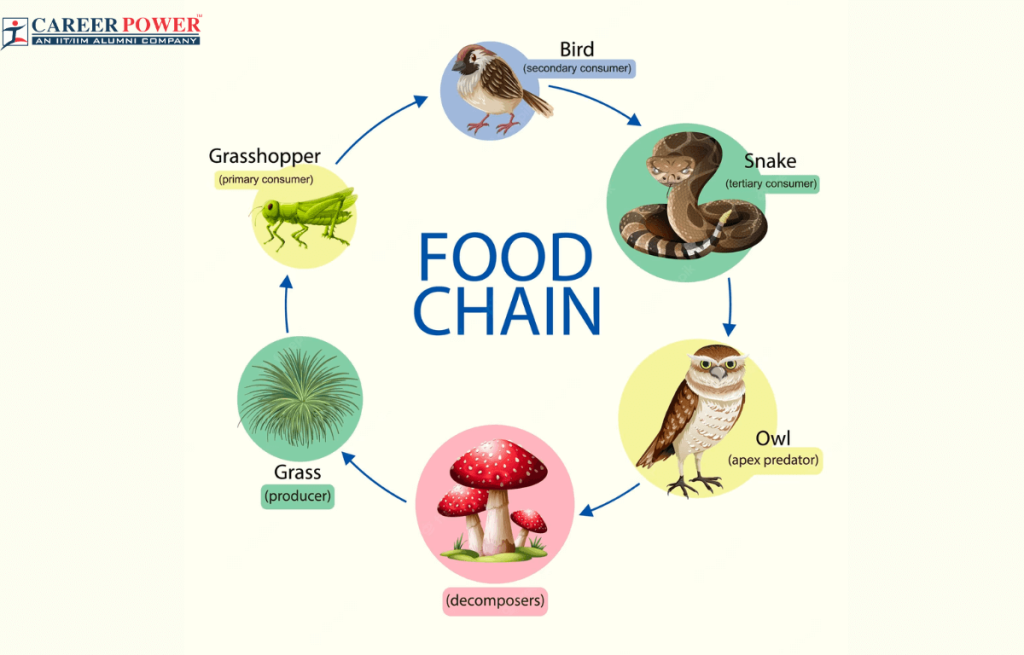
The intricate food chains in the wild reveal a fascinating web of life, where every species plays a crucial role in maintaining ecological balance. From the apex predators at the top to the smallest prey, each link in the chain is vital for the health of ecosystems.
In many ecosystems, top predators like lions, wolves, and sharks control the populations of herbivores, preventing overgrazing and ensuring that vegetation thrives. This, in turn, supports a wide range of species, from insects to birds, that rely on plants for survival. When a top predator is removed from an ecosystem, it can lead to a cascade of effects, often disrupting the entire food chain.
For example, in Yellowstone National Park, the reintroduction of wolves in the 1990s led to a remarkable transformation. As wolves reduced the number of elk, overgrazed areas began to recover, allowing trees and shrubs to flourish. This resurgence of plant life provided habitat for other animals, such as beavers and birds, demonstrating the profound impact predators have on their environment.
However, human activities like deforestation, pollution, and climate change are threatening these delicate food chains. The loss of any species can weaken the entire ecosystem, leading to a decline in biodiversity.
Understanding these complex relationships is essential for conservation efforts. Protecting predators and their prey is not just about preserving individual species; it’s about maintaining the natural balance that sustains life on Earth.